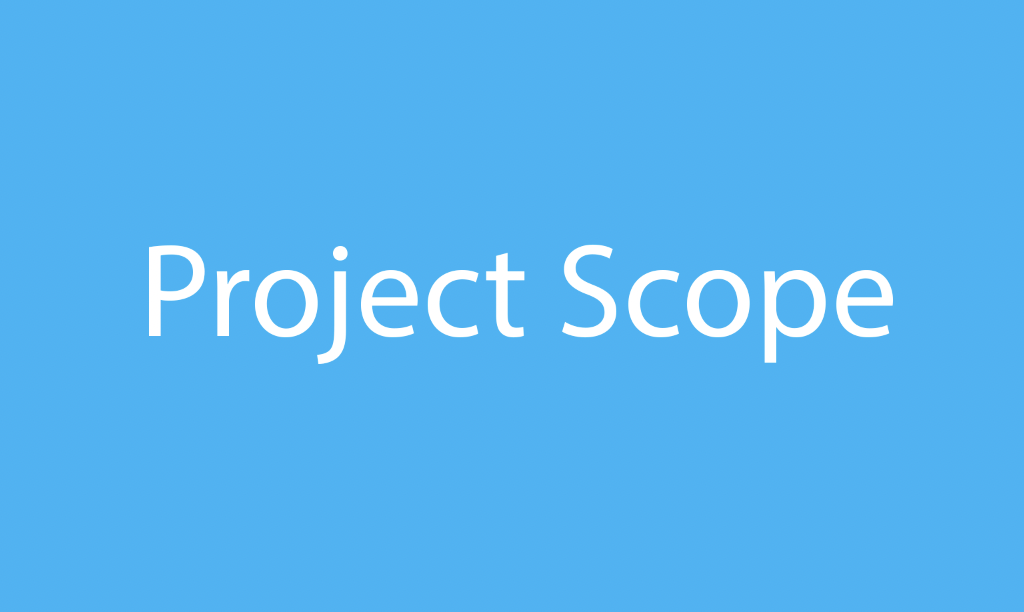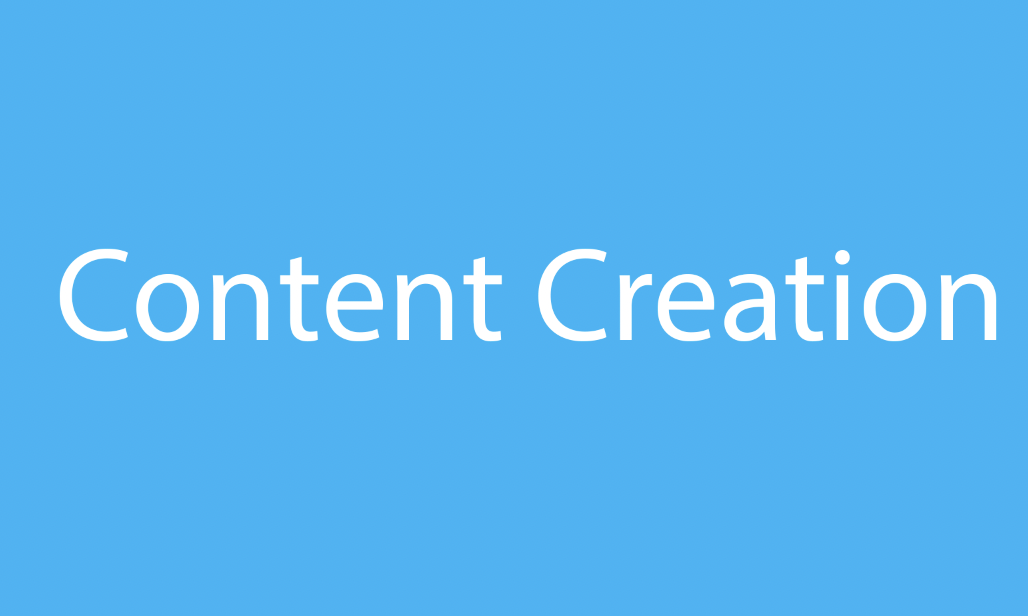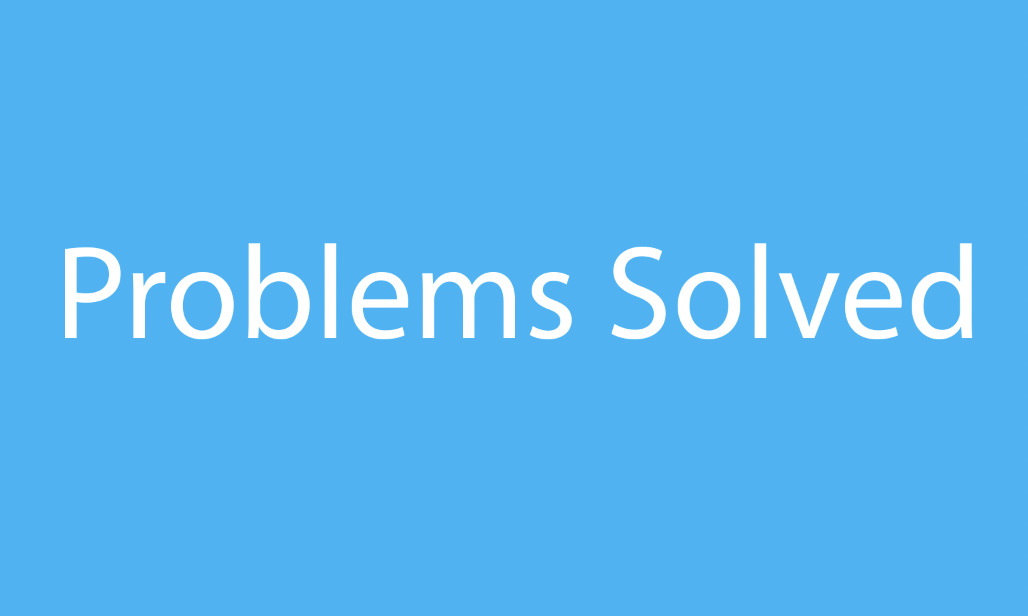As a UX & CX Content Writer at AT&T, I use data and heavy doses of empathy to ensure people feel good, safe, and sure when they interact with the content I create. Imagining a user breeze through a site to complete their goals makes me smile.
I write, edit, and enhance
Microcopy:
Buttons, CTAs, error messages, success messages, banners, read alouds, toast notifications, confirmation and status messages, information prompts, terms and conditions, and form fields.
Seamless UX and CX:
Using research, data, and testing to create smooth UX flows.
Creating easy-to-read, accessible copy (considering ability/cognition differences, ESL, digital noise).
Collaborating with SMEs, designers, product owners, legal.
Customer-facing Comms:
SMS, email, direct mail, eSupport articles, eSupport video scripts, Gen AI chat, and bill messages that align with brand style guides and messaging standards. I also make sure all content is accessible and conversational.
UX Case Study: AT&T Manage Service Flow UX writing project
Because I create proprietary, internal-facing UX content for agent and centers CRM, I can’t share wireframe screenshots. But, I can walk you through one of my UX projects and content creation process.
In this case, I was tasked with creating content for managing wireless service flows for AT&T’s CRM. Customers purchasing or changing wireless service need to agree to terms and conditions and learn about service disclosures. If they’re ordering over the phone or in a retail store, agents and reps have to read the disclosures and walk customers through the purchase process. Reps speaking to customers don’t have time to trip over words, pause, or ponder. With this in mind, the content and flows I created are unobtrusive. No rep should have to think twice when they’re making a first impression.
Manage Service Flow for Wireless Pain Points
Interviews with agents revealed current flow was confusing and took too long to read through.
Generic continue buttons didn’t help the agent understand where they were going next in the flow.
The payment disclosures/T&Cs were redundant and appeared out of order in the flow.
Agent “read alouds” (that share info and prompt customer to accept or reject disclosures in buyflow) were lengthy and missing info.
UI appeared busy and cluttered.
Gen AI Integration Case Study: AT&T Working Service Conflict SMS project
Because the Generative AI Integrated content I created is proprietary, I can’t share screenshots. But, I can walk you through the writing and development process.
This was one of my favorite content creation projects to work on. For context, when a customer orders new broadband internet service for a specific address, internet service can’t be installed if a past resident of the address still has service there. This can create frustration. The solution is creating a fast and friendly bot who can help customers self-resolve, asynchronously. As the omni-comm team’s resident UX and CX Content SME, I was asked to join a team of automation technology developers to create, train, and test an inaugural Generative AI SMS. First, I wrote an intro message that presents the bot persona and prompts new and existing broadband customers to resolve a working service conflict. Next, a chat script I wrote was used to train the model. Finally, we tested the model and tweaked it.
Working Service Conflict (WSC) Communication Pain Points
Resolving the WSC was a multi-step procedure, involving manual processing.
There was no self-service, asynchronous option for customer to resolve WSC in their own time.
Resolving WSC often involved speaking with a live representative and being placed on hold.
Because there were limited ways to resolve WSC, the install/uninstall process could take longer than desired.
Revenue generating/cost saving tactics:
Helped to influence over $109M in company revenue & $36M in cost savings by writing & editing customer-centric content for an omni-channel experience. Ensured consistent brand messaging, seamlessly positioning revenue driving tactics in copy.
Here’s how I approached writing UX content and creating flows
Studied Figma prototype wires and made note of gaps and use cases.
Met with SMEs to review Figma wires with designers/architects.
Met with T&C legal expert to learn about altering disclosures.
Analyzed metrics, interviews, journey maps, and internal knowledge articles.
Used Content Requirement Document (CRD) to write content for buttons, “read alouds,” T&Cs.
Reviewed CRD draft with SMEs, including product owners.
Reviewed final CRD with legal and compliance, gaining approvals.
Here’s how I approached integrating Gen AI writing and content strategy
Collaborated with technology developers, automation experts, and product owners to ensure Gen AI integrated SMS is reliable, accurate, and brand voice friendly.
Wrote chat script for 2-way SMS that was used to train the model.
Developed Gen AI persona and curated style guide and brand voice documents to help the model learn desired voice and behaviors.
Tested Gen AI model to uncover gaps, inaccuracies, inconsistencies.
Worked with automation developers to tweak verbiage after analyzing results of soft launch.
Problems solved for based on agent, SME, and product owner feedback
Renamed continue buttons to reflect unique result of action.
Changed order of T&Cs to go with the flow and match the info shared in “read alouds.”
Removed jargon phrases that may exclude users (like ESL cohorts).
Consolidated redundant payment disclosures and T&Cs after legal approved the strategy.
Wrote conversational, simple, and brand voice “read aloud” content.
Designed “read aloud” to inform customer what to expect in terms of delivery, billing, service.
Implemented collapsible UI for Set up Billing Page.
Problems solved for based on customer feedback and testing
Designed Gen AI SMS to help customers resolve WSC fast and asynchronously.
Used friendly, conversational tone and clear contextual info to establish trust and familiarize user with new AI technology.
CTA to confirm move date or no move is actionable and easy.
WSC flow is designed to automate move date confirmation and install/disconnect scheduling.
Included options to speak with live agent to suit customer preferences.
AT&T Omni-communications CX Subject Matter Expert: Customer-facing comms
As the AT&T omni-comm team’s resident UX & CX Content Subject Matter Expert (SME), I write, edit, and enhance content and experiences across multiple channels and products. If there’s a billing error scenario or go-to-market initiative involving customer-facing communications, I serve as the team’s writer and customer advocacy consultant. Customer comms include SMS, email, direct mail, eSupport articles, customer support video scripts, knowledge management articles, product collateral, instructions, bill page messages, and account notes.
I ensure consistent brand messaging, seamlessly positioning revenue driving tactics (like customer self-install, FastPay, and auto bill pay) in copy. I make sure all comms adhere to brand voice and share info in a clear way, offering easy next steps or solutions to issues (with a call to action). I also make sure the cadence of the comm deployment is optimized for each unique scenario.
Every comm project has a unique problem to solve and I enjoy the discussion and ideation process behind resolving a tricky dilemma. I have a positive, can-do attitude, so problems look like opportunities to make improvements to me. Working closely with stakeholders to unpack pain points and explore solutions feels like solving a puzzle with friends who just so happen to share the same email domain name. And, we get a lot done. In one year, I collaborated with teams to write and edit over 800 comms for 84 Go-To-Market (GTM) initiatives and 57 ad hoc requests.


